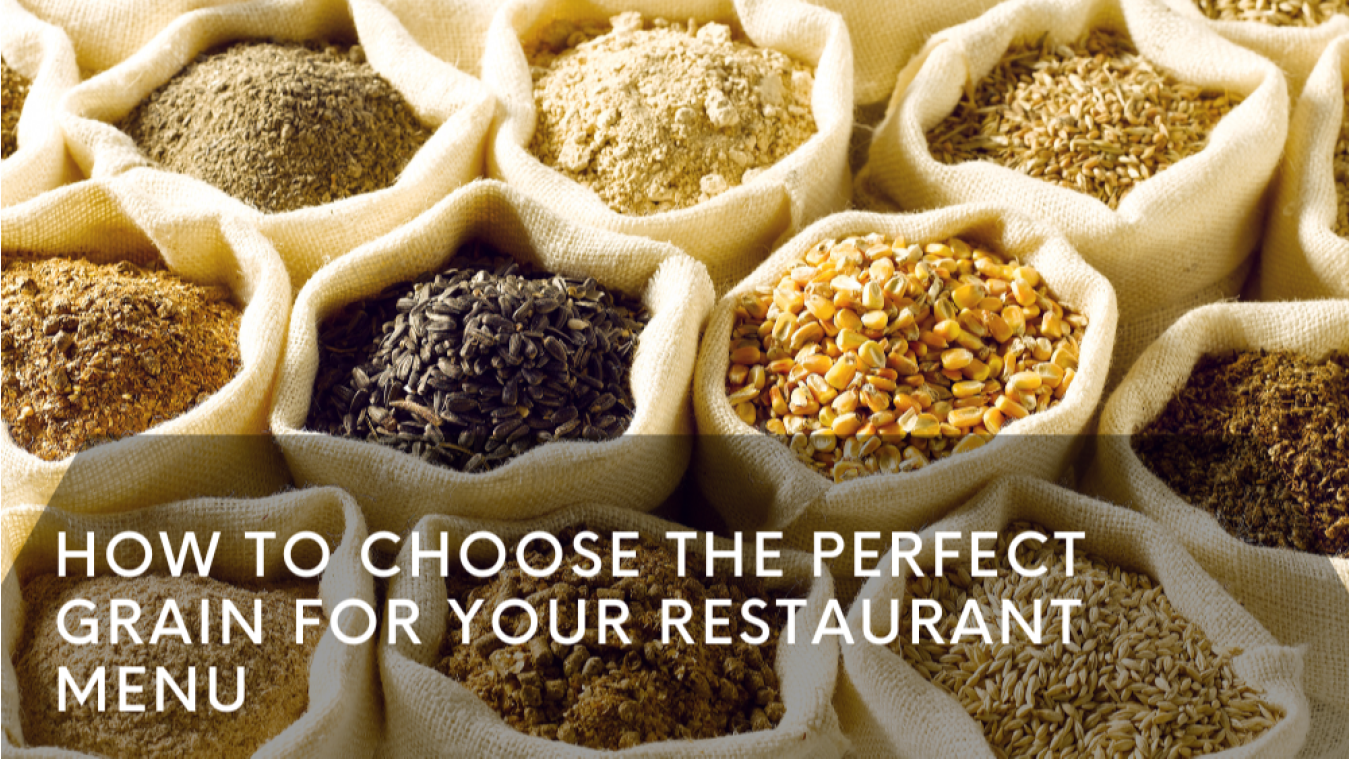Are you looking to add some new items to your restaurant menu? If so, you may be wondering about the best grains to choose. There are many different types of grains available, each with its own unique set of benefits and drawbacks. In this blog post, we will discuss the pros and cons of several popular grains, so that you can make an informed decision about which ones are right for your restaurant. Thanks for reading!
Type of grain can be broken down into two main categories:
- Whole grains are those that are rich in fiber, vitamins, minerals, and proteins. Examples include oats, wild rice, quinoa, bulgur wheat, buckwheat and millet.
- Refined grains have had their bran and germ removed during processing which can strip them of their essential nutrients. Examples include white rice, wheat flour, cornmeal and semolina.
When considering what types of grains you should use in your restaurant menu, you should take into account the nutritional content of each option as well as their flavor profile. Whole grains tend to be higher in fiber and other micronutrients such as B-vitamins, magnesium, zinc and iron. They also have a more robust flavor than refined grains. On the other hand, refined grains tend to be lower in calories and fat.
When selecting which types of grain you’d like to include on your menu, it’s important to consider how they will pair with the other ingredients you’re using. For example, if you are making a salad, wild rice might be a great option because of its nutty flavor and chewy texture. If you’re making a soup, quinoa might work well because it cooks quickly and has a neutral flavor that won’t overpower the dish.
You should also think about how the grain will be cooked. Whole grains take longer to cook, and some require soaking before cooking. Refined grains tend to cook faster, but they usually don’t retain as much flavor or texture after being cooked.
Finally, you should consider the cost of the grain. While whole grains tend to be more expensive than refined grains, they can offer a more nutritious option for your customers.
Menu ideas with rice, quinoa, barley, bulgur wheat, buckwheat and millet are endless. Rice can be used to make stir-frys, pilafs, risottos, paellas and more. Quinoa is a great choice for salads, soups or as the base of a veggie burger. Barley is great for soups and salads, while bulgur wheat works well in pilafs and tabbouleh. Buckwheat is perfect for making pancakes or adding to baked goods. Millet is great as a breakfast porridge or a savory side dish.
In conclusion, choosing the right type of grain for your restaurant menu can be a difficult decision. When making this choice, it’s important to consider the nutritional content of each option as well as their flavor profile and how they will pair with the other ingredients you’re using. You should also think about how the grains will be cooked, and the cost of each grain. With careful consideration, you can choose the
perfect grain for your restaurant menu!
